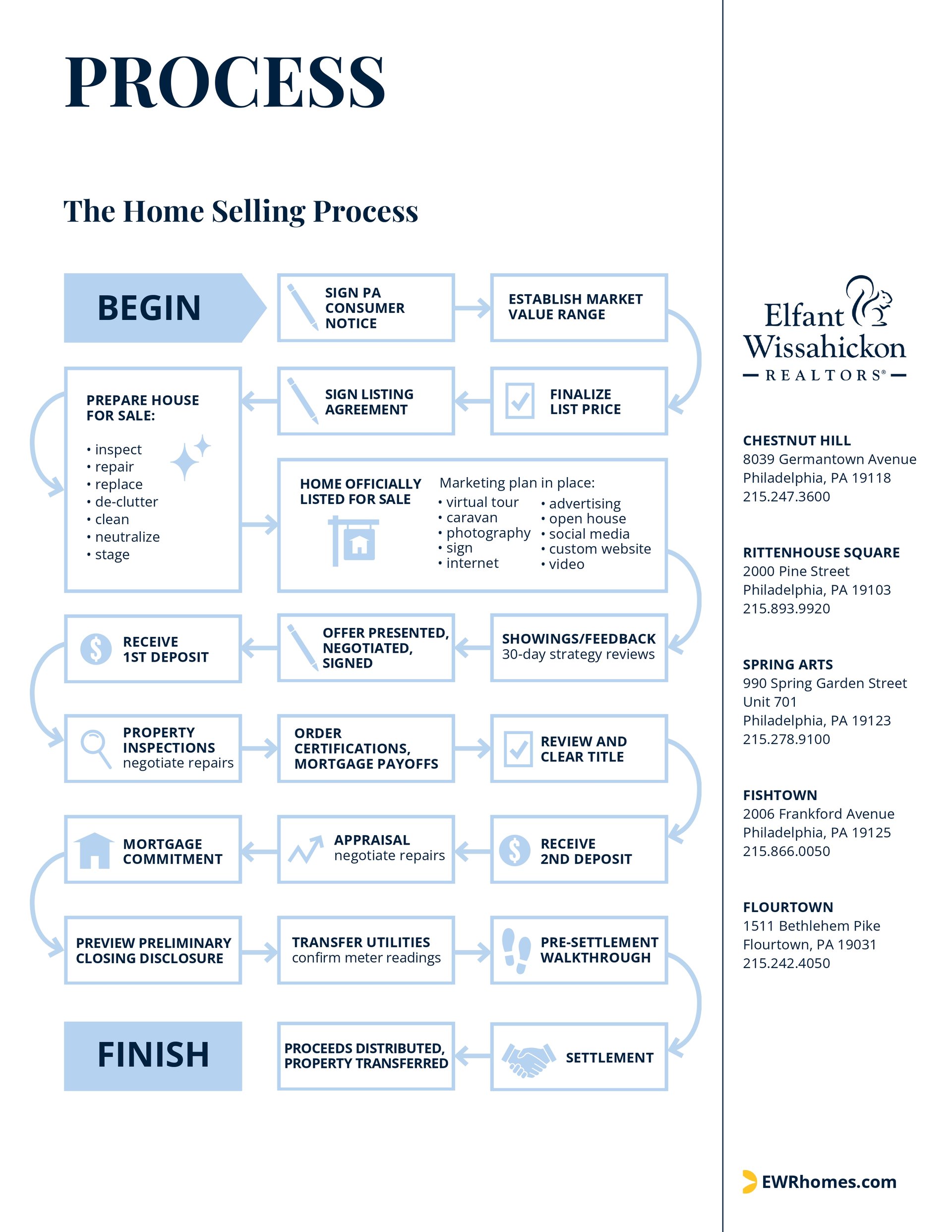Light: Open all draperies unless there is an objectionable view. In most rooms, you should turn on lights for a bright and cheerful look. Lamps and indirect lighting are preferable, but use overhead lights if that’s all there is in a particular room.
Light Switches: If some wall switches operate wall outlets, plug in a lamp or radio to demonstrate that the switch works. When a buyer flips a switch and nothing happens, he instinctively suspects a problem..
Aromas: Set out some fresh flowers, both for their appearance and fragrance. Bake cookies or bread; don’t cook seafood or strong-smelling vegetables like cabbage or cauliflower.
Closets: Keep doors closed except for walk-in closets. Have those doors slightly ajar and turn on the lights to draw attention to this special feature.
Posters and Signs: We live in a tolerant age, but don’t take a chance on offending a potential buyer. Remove any signs or posters that might be considered offensive.
Ashtrays: Dirty ashtrays are both unsightly and a source of objectionable odor to nonsmokers. Keep them clean.
Utility Bills: Have copies of the past 12 months’ bills available, or at least a written summary of the amounts paid monthly for that period.
Pets: Get them out of the house, if not off the property. Some people don’t like dogs, and nobody likes muddy paw prints on a clean suit or dress. Cats can be just as objectionable to the person who doesn’t like them, and invariably a cat will single out the cat-hater to use as a rubbing post.
Music: Soft background music will help create a relaxed mood that prompts buyers to linger and enjoy. Better no music at all, than loud music. Never have the TV on when the house is being shown.
Your Presence: Most buyers will not relax and closely inspect a home if the owners are present, so try to arrange to turn the home over to the salesperson. If you must remain at home, refrain from talking unless questions are directed to you. All too often, a seller will attempt to point out some special feature, fearful that it may be overlooked. Please bear in mind that some of the most successful salespeople will say little or nothing during showings. First, they have made their selling points before entering the house, and second, they want the buyers to discover some things for themselves in order to build excitement. The salesperson also knows the buyers’ temperaments. Trust the salesperson’s professional abilities.
One Final Note: The legal principle of caveat emptor (let the buyer beware) is dead or dying. We are living in an age of consumerism, and it’s hard to find a court that won’t favor the buyer in a dispute. In fact, consumer groups and government agencies are taking the posture that the seller has a positive obligation to disclose everything.
If you have a problem in your home, don’t mask it. A common example is the home-owner who spray paints a ceiling to cover water stains caused by a leaking roof. If you have a major problem that you don’t intend to correct, be candid about it. Sure, some people will be turned off by the prospect of a major repair, but most buyers who otherwise like the home will be philosophical about a problem openly displayed. And usually they will discount the price they offer by far less than the cost of the repair.
Concerning Your Municipality’s Requirements: Each municipality requires specific actions be done by Real Property owners in order to complete a sale. These may include, among other things, obtaining certifications, making repairs and installing smoke detectors. You may wish to work with your REALTOR to determine what will be required when you list your property.

